Comparative Study: Normative and Positive Accounting Theory Report
VerifiedAdded on 2023/06/10
|11
|754
|121
Report
AI Summary
This report provides a comprehensive overview of normative and positive accounting theories, highlighting their differences, advantages, and disadvantages. Normative accounting theory takes a subjective approach, focusing on value judgments and how a firm should look in the future, while positive accounting theory utilizes data collection and bookkeeping for an objective analysis of past transactions. The report discusses the challenges and problems associated with both theories, including the limitations of positive accounting in handling security at a financial level and the risks related to legal liability in normative accounting. It concludes by emphasizing the importance of understanding these theories in the accounting profession and their role in standardizing practices and addressing financial scandals. References to various academic articles are included to support the analysis.
1 out of 11
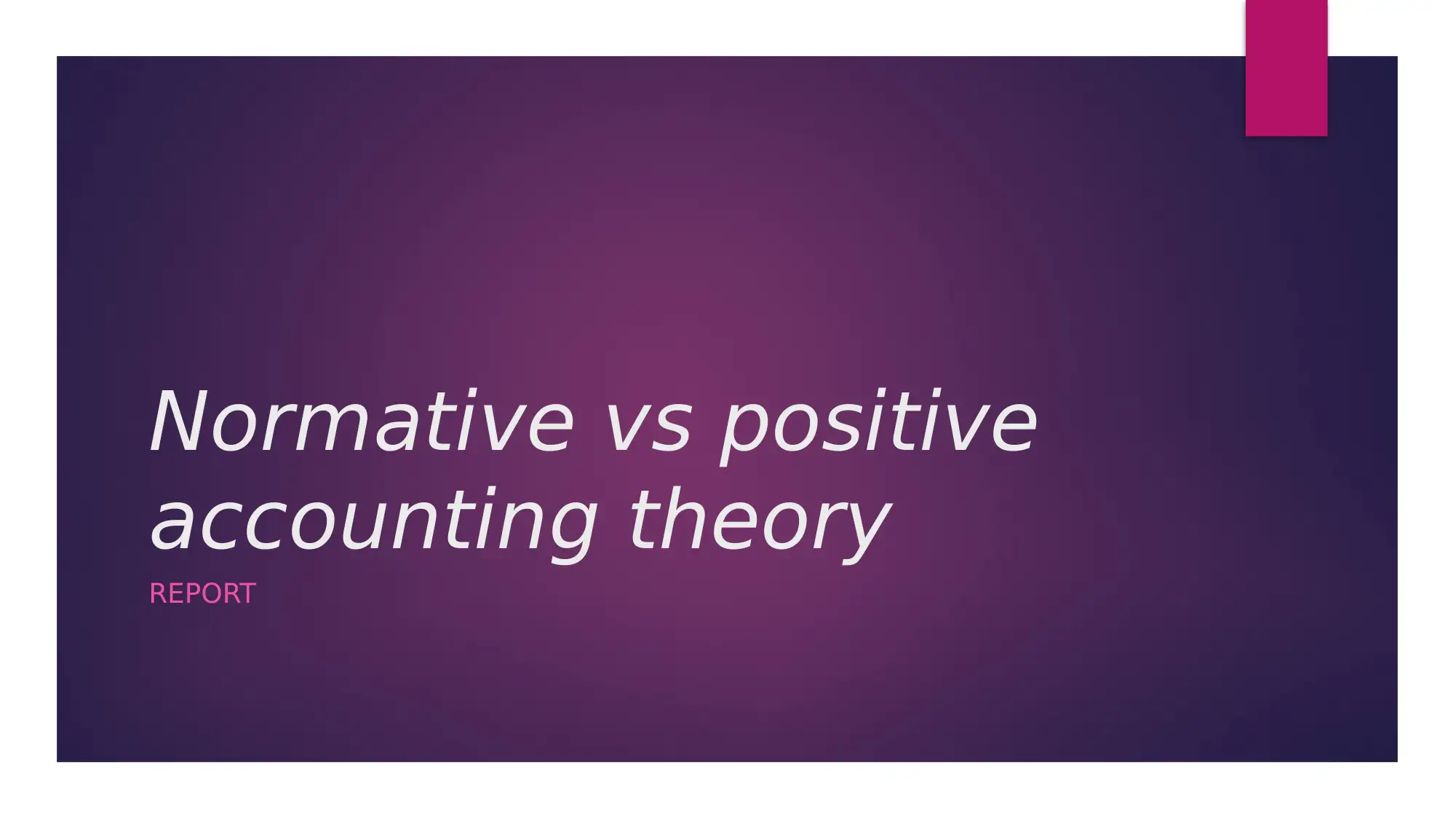
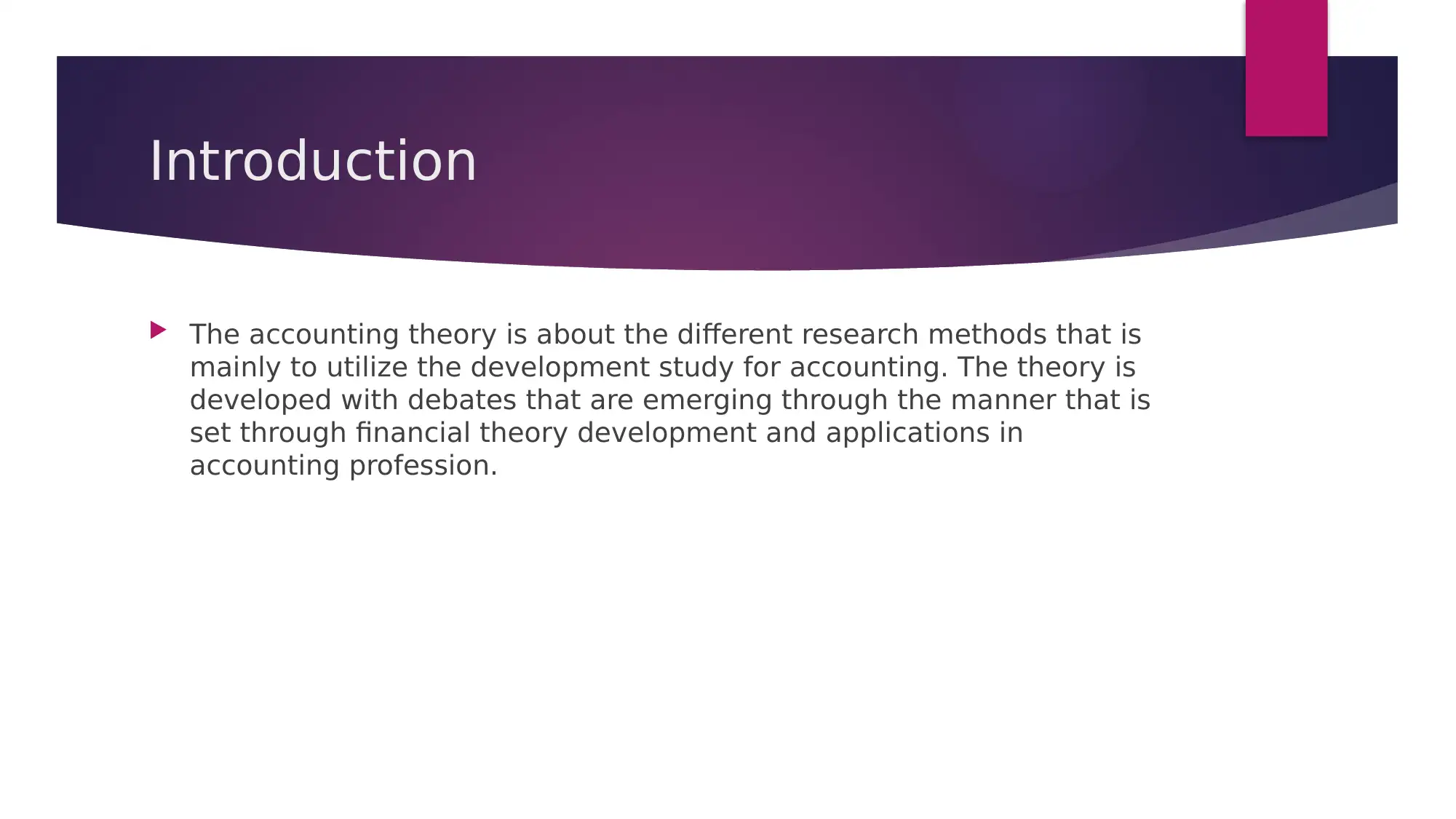
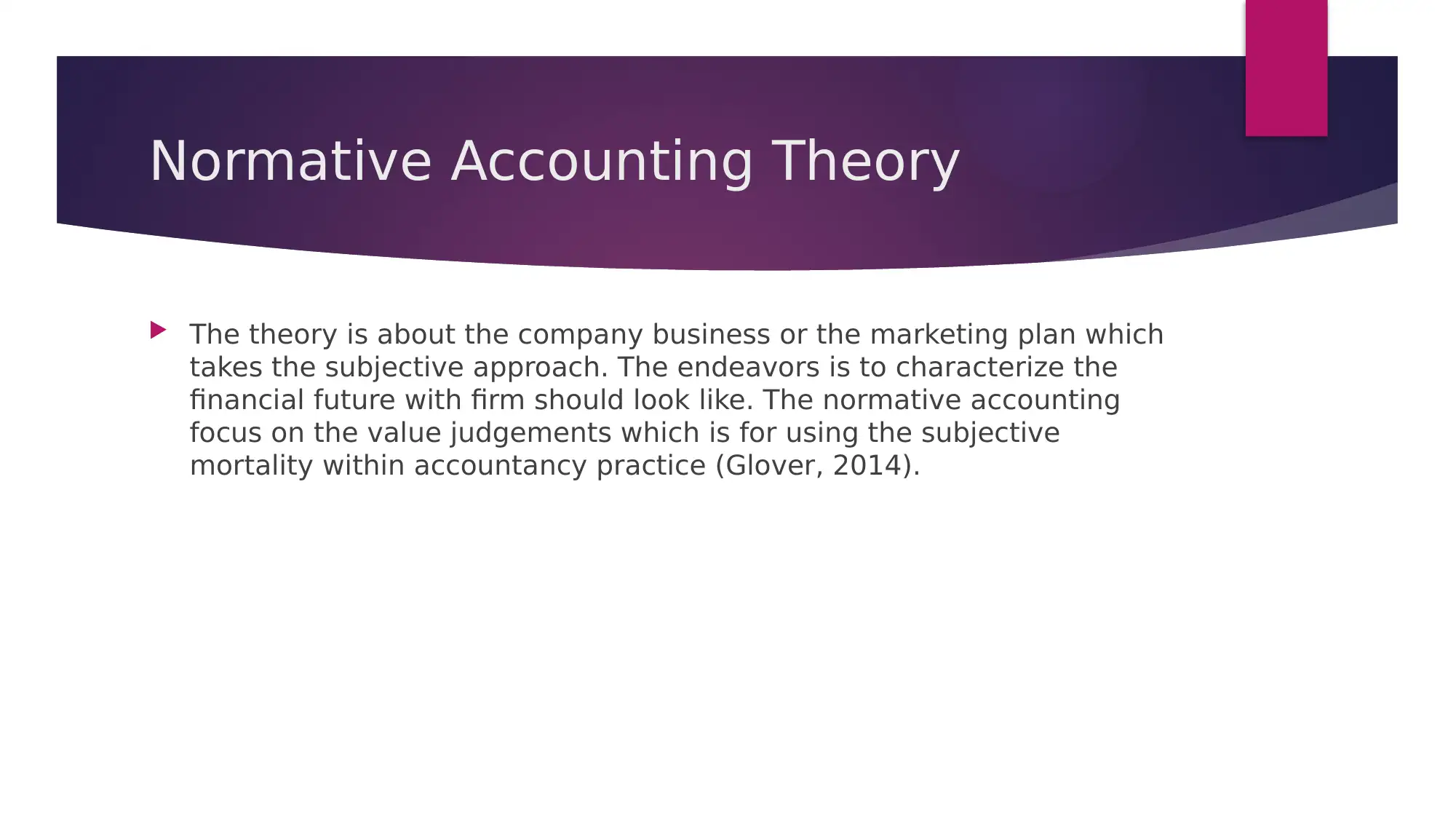

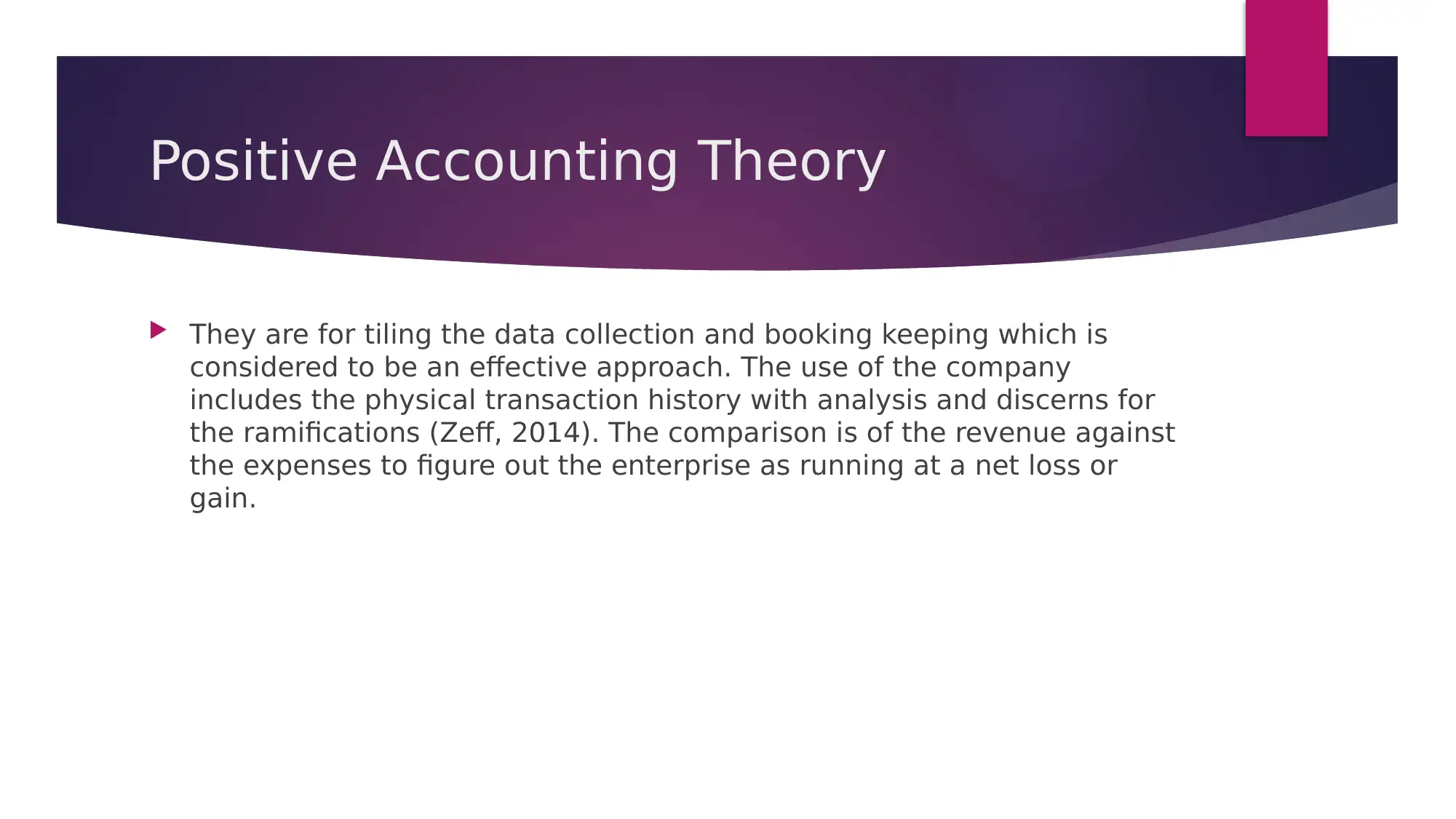
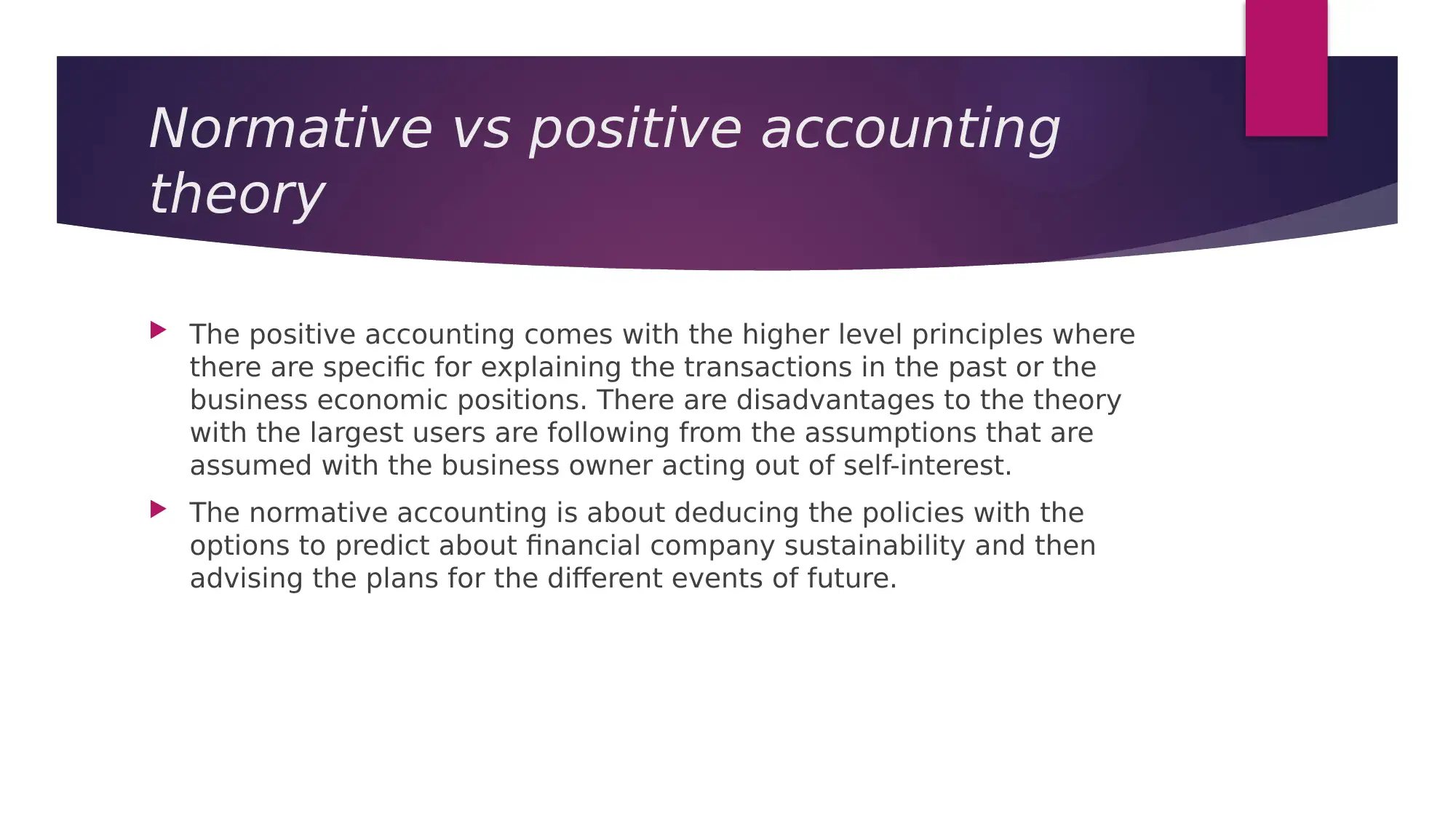
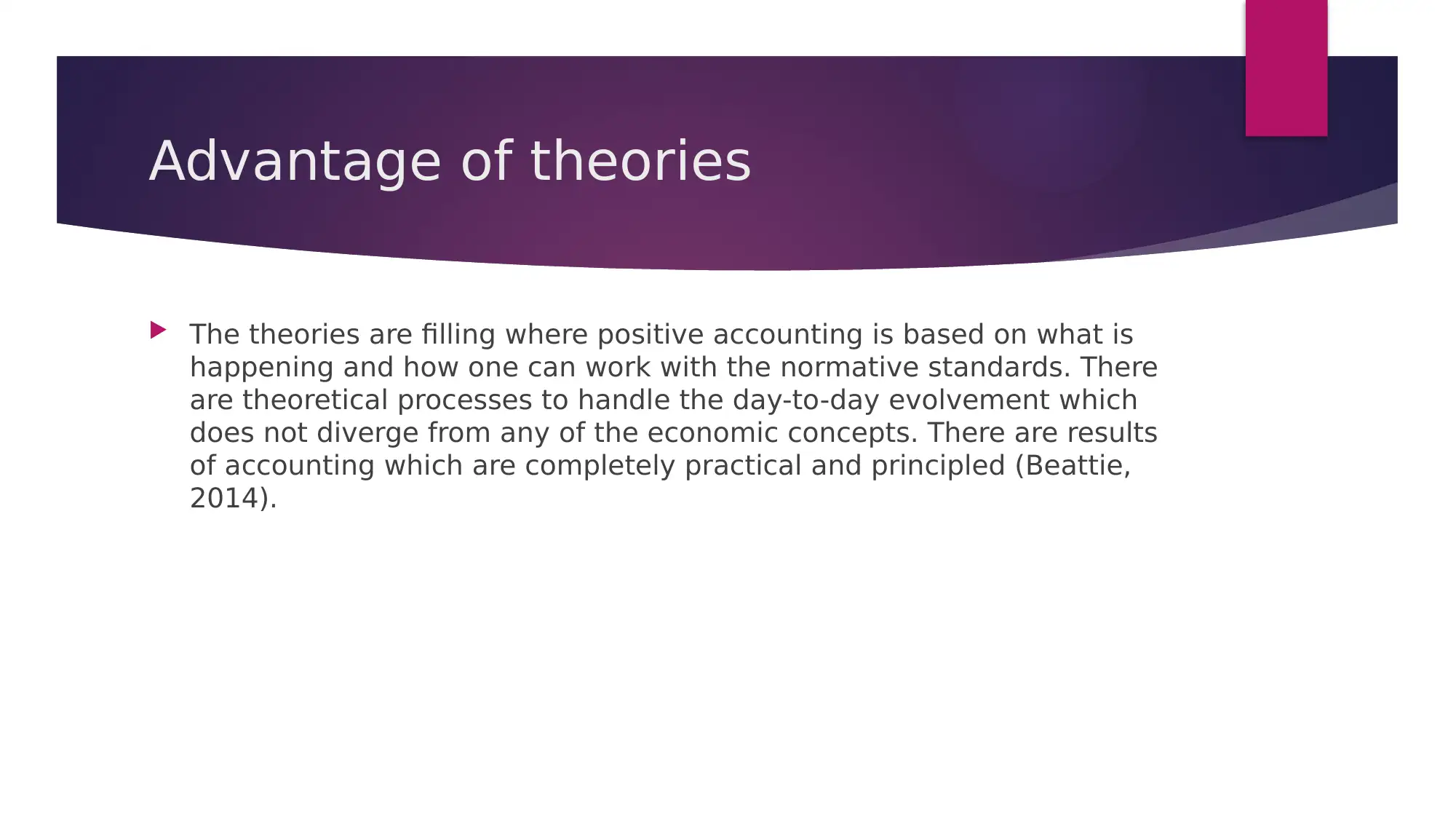
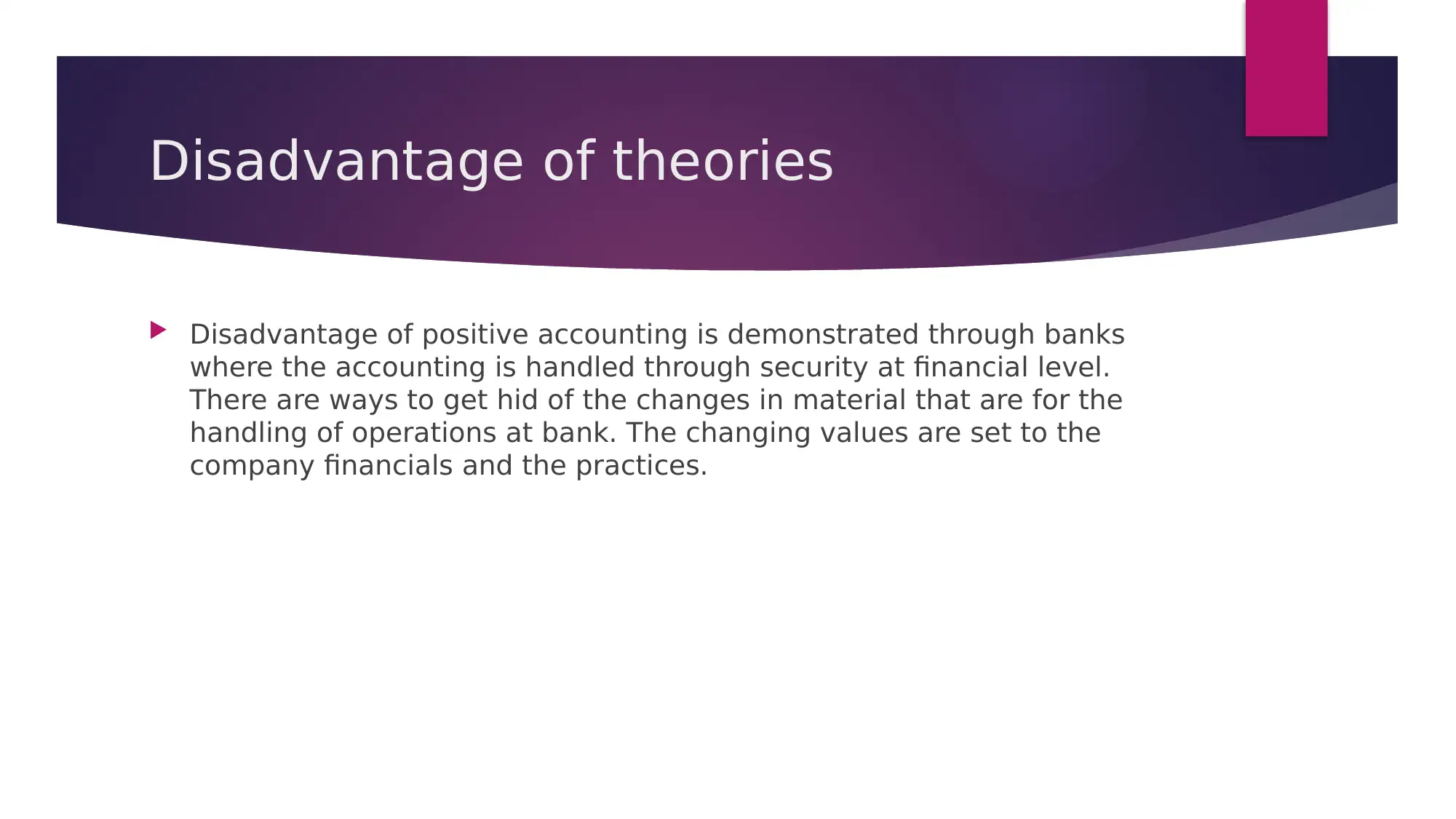
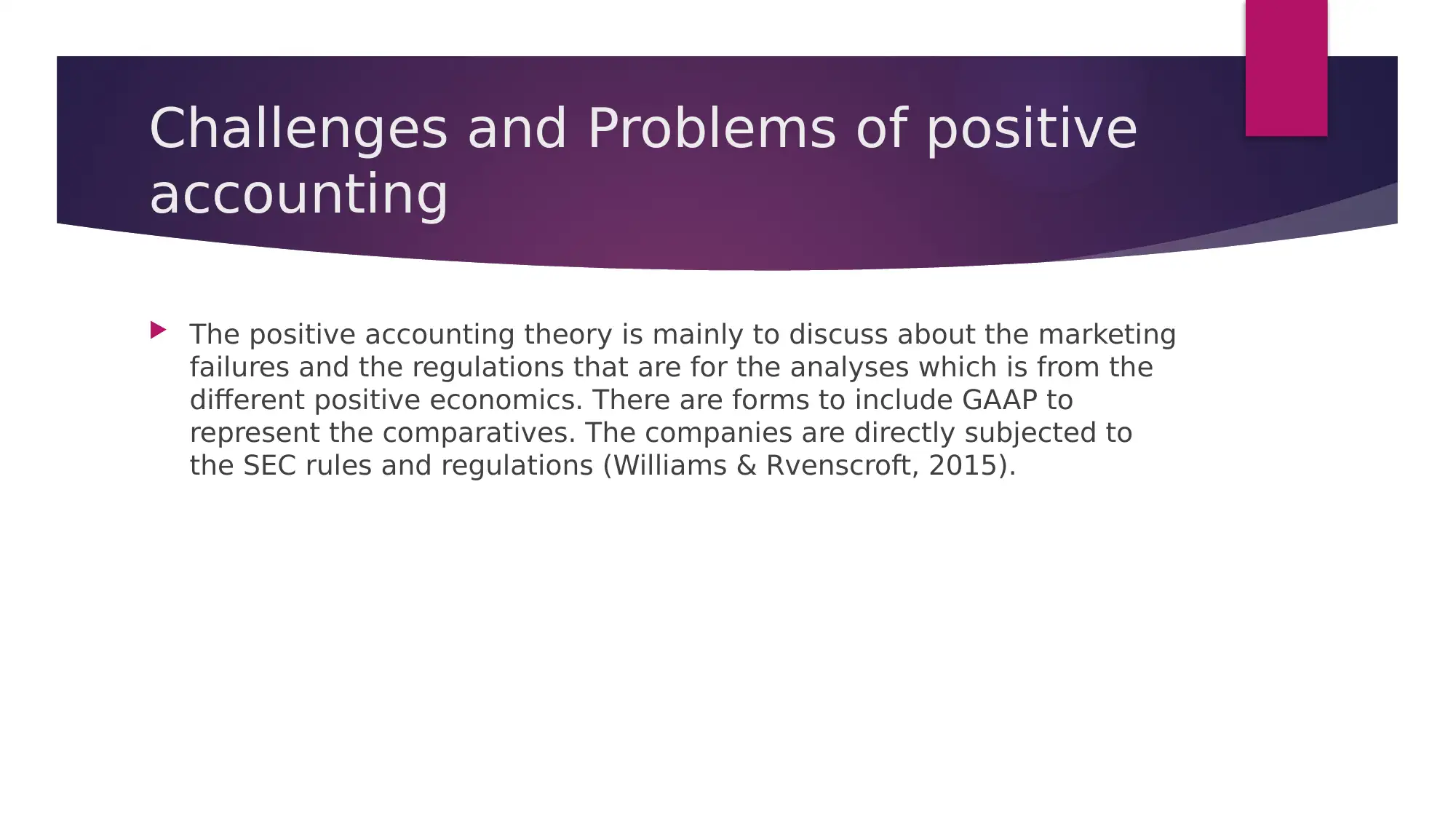
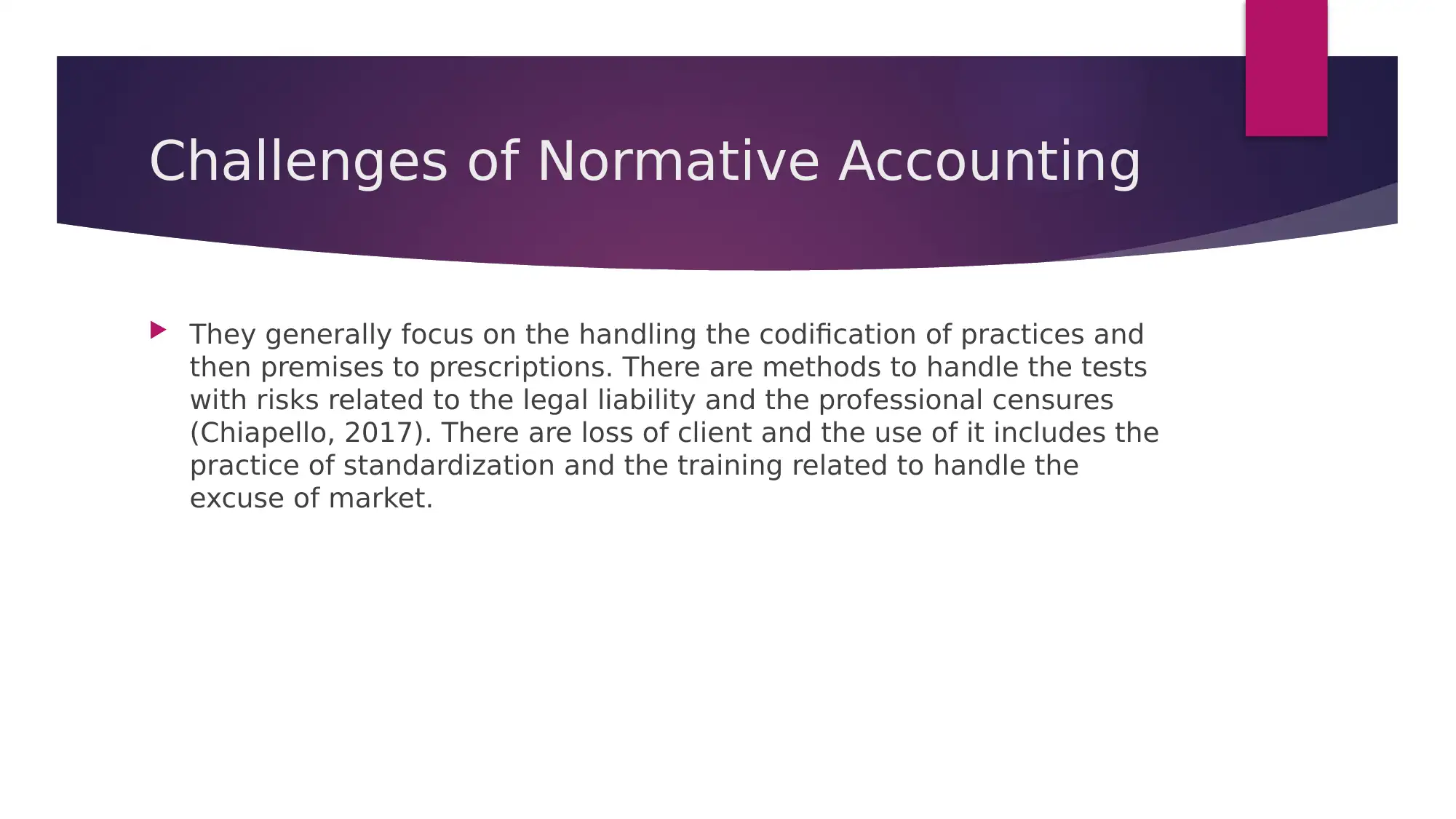
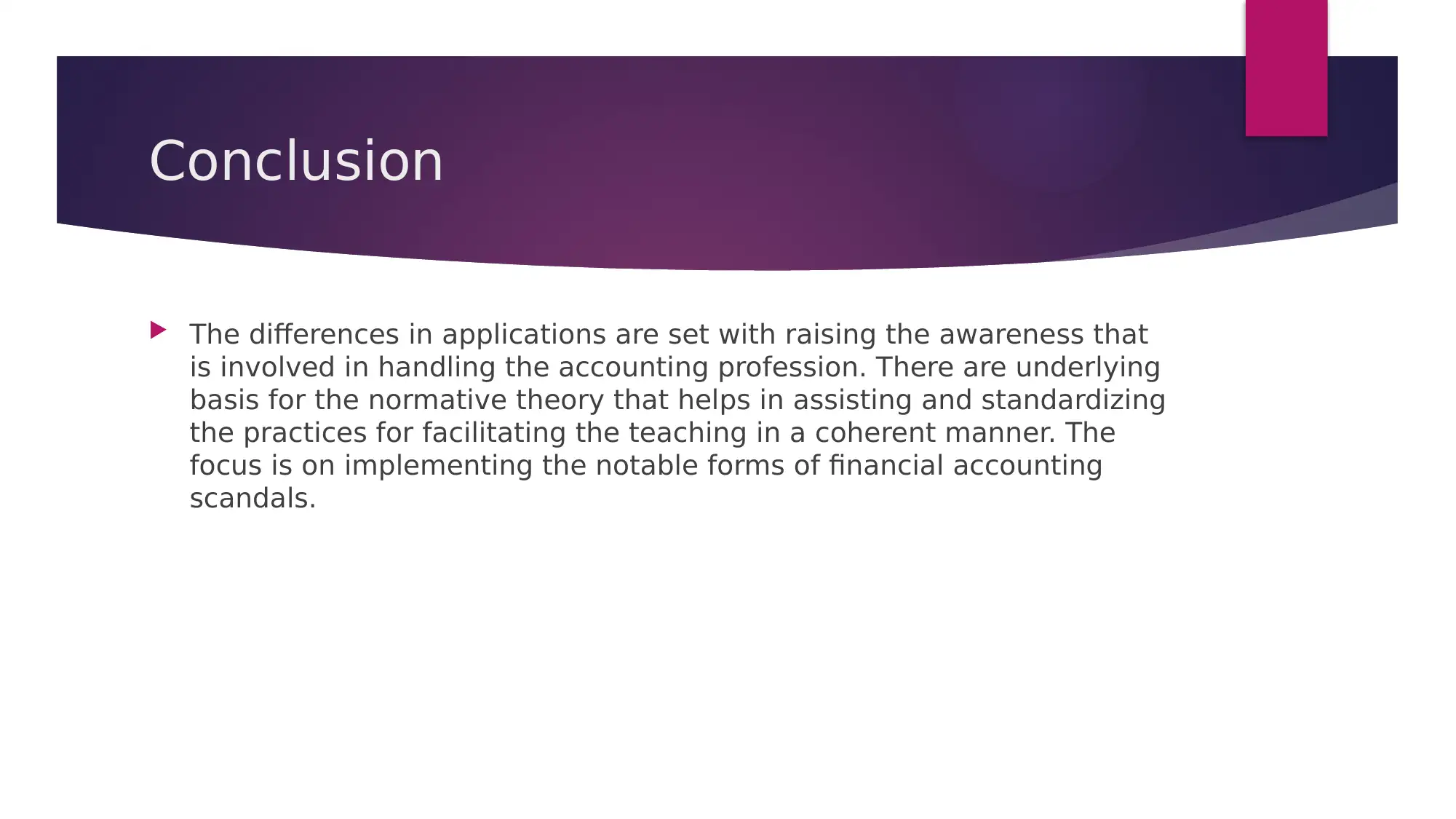
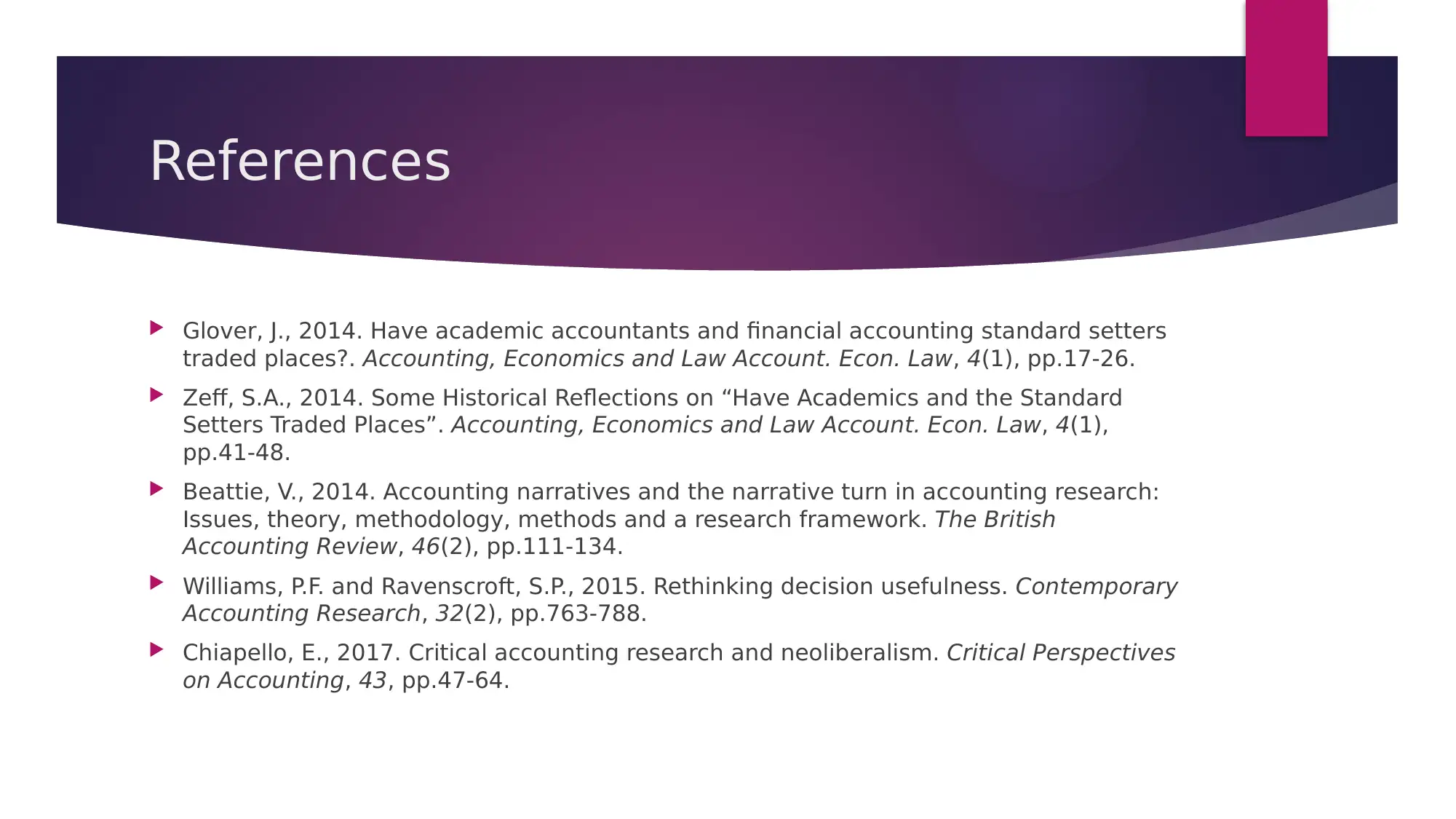






![[object Object]](/_next/static/media/star-bottom.7253800d.svg)